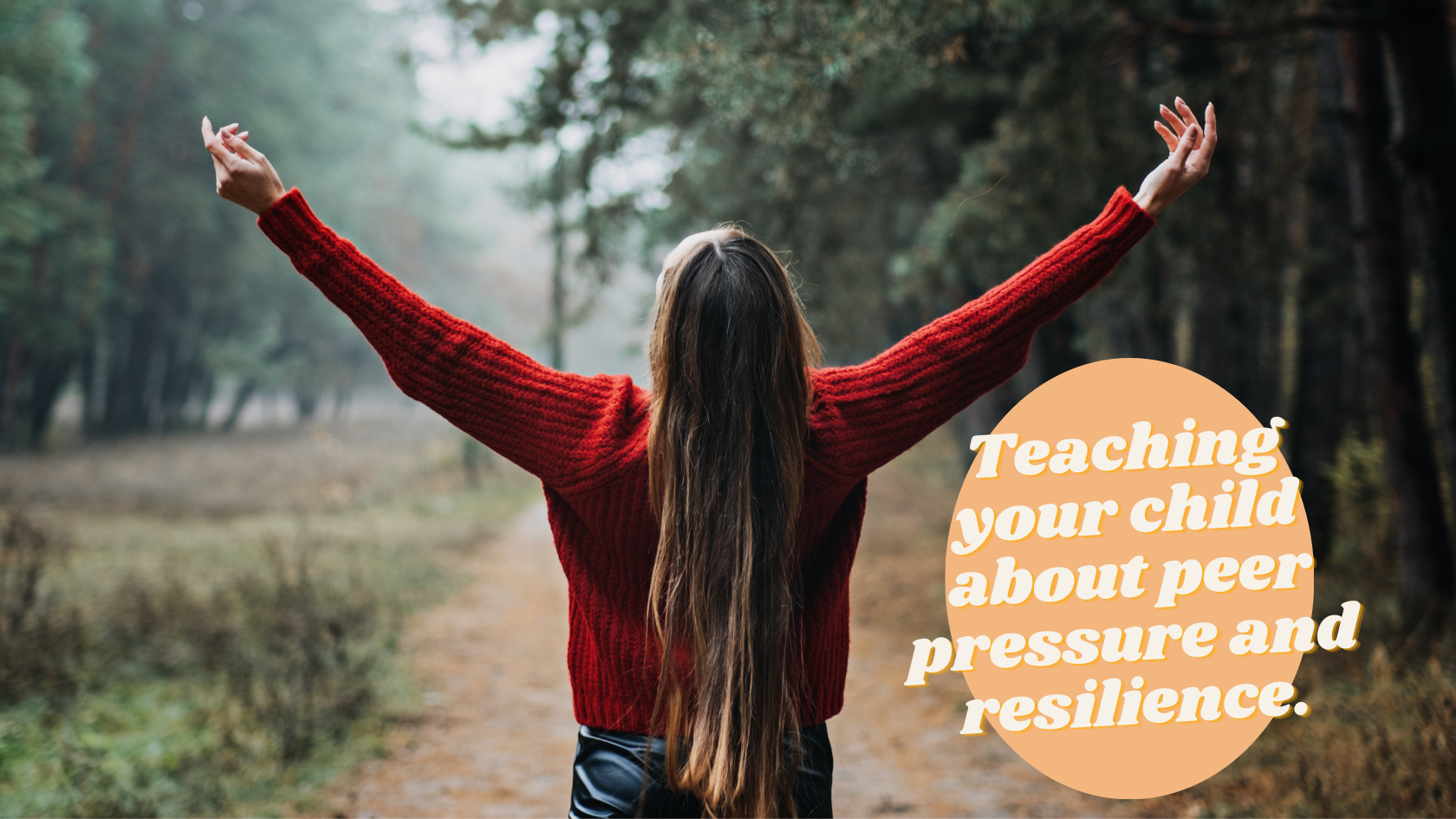Published by: Digital Schools
Teaching your child about peer pressure and resilience is crucial for their emotional and social development. Peer pressure is a common challenge that children and teenagers face, and resilience is a valuable skill to help them navigate it. Here are some tips on how to approach this important topic with your child:
- Start Early: Begin teaching your child about peer pressure and resilience from a young age. Use age-appropriate language and examples so they can understand the concepts.
- Open Communication: Create an open and non-judgmental environment where your child feels comfortable discussing their experiences and concerns. Encourage them to share stories about their friends and social interactions.
- Define Peer Pressure: Explain what peer pressure is, such as when friends or peers try to influence them to do something they may not want to do. Emphasise that it can be positive or negative.
- Role-play: Practice scenarios with your child to help them develop assertiveness and decision-making skills. Role-play situations where they might face peer pressure and discuss appropriate responses.
- Encourage Critical Thinking: Teach your child to think critically and make informed decisions. Ask questions that help them evaluate the consequences of their actions and the motivations behind peer pressure.
- Set Clear Expectations: Establish family values and expectations regarding behavior and decision-making. Ensure your child knows what you consider acceptable and unacceptable.
- Foster Self-esteem: Encourage your child’s self-esteem and self-worth. When children have a strong sense of self, they are more likely to resist negative peer pressure.
- Teach Problem-Solving: Help your child develop problem-solving skills. Discuss various ways they can handle peer pressure, including walking away, saying no, or seeking help from a trusted adult.
- Discuss Consequences: Talk about the potential consequences of succumbing to peer pressure and the benefits of making independent decisions.
- Role Model Resilience: Be a role model for your child by demonstrating resilience in your own life. Share your experiences of facing challenges and how you overcame them.
- Emphasise Individuality: Celebrate your child’s uniqueness and individuality. Help them understand that it’s okay to be different and make their own choices, even if they don’t align with their friends’ choices.
- Teach the Power of No: Teach your child that it’s okay to say no when they feel uncomfortable or when something goes against their values. Reinforce that they have the right to set boundaries.
- Encourage a Support System: Help your child build a support network of friends who share their values and can provide positive peer influence.
- Monitor Online Activity: Keep an eye on your child’s online interactions and discuss the potential influence of social media and the importance of being critical consumers of online content.
- Be Available: Make sure your child knows you’re always there for them if they need to talk, ask questions, or seek guidance.
Teaching your child about peer pressure and resilience is an ongoing process. By providing them with the knowledge and skills to handle these challenges, you’re empowering them to make responsible decisions and build their resilience in the face of adversity.
Digital Schools
The content by "Digital Schools" which can be found under the "Guest Contributor" category on this platform is produced by Digital Schools PTY LTD. Digital Schools works in partnership with the school as a 3rd party provider to help build and maintain the school website. As well as this, we assist the school by engaging with a range of experts who already provide products and/or services to educational institutions and we work with them to produce and publish information to this website that we think may be relevant, interesting or topical to families within the community.
PLEASE NOTE: The views, opinions and content published by us are that of the "Guest Contributor" and/or publisher (Digital Schools). It should be noted that whilst the publisher and guest contributors are acting with the best intentions and in the best interests of the school and their community, sometimes the content may not necessarily reflect the views of the school. We welcome your feedback. Down the bottom of this page is a feedback form so you can let us know what you think.


